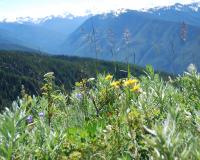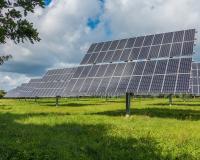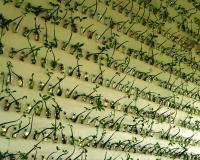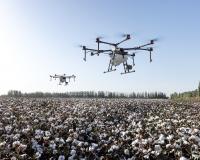
Vibrant Environment
Land Use And Natural Resources
All | Biodiversity | Climate Change and Sustainability | Environmental Justice | Governance and Rule of Law | Land Use and Natural Resources | Oceans and Coasts | Pollution Control

This is Part 2 of a two-part blog series on climate change and its impact on indigenous peoples in the United States. Part 1 introduced the impacts of climate change on indigenous communities, while Part 2 provides specific examples of how these communities are responding in order to protect their land, people, and resources.

In a rural community in North Sumatra, Indonesia, an environmental NGO recently filed one of the first natural resource liability suits for illegal resource exploitation against a zoo holding critically endangered animals. Extending the “polluters-pay” principle, the case has the potential to set a global precedent for holding illegal wildlife traffickers accountable for repairing the harm they cause—not only to individual plants and animals, but also to species survival, ecosystem health, and human well-being.

The Tribal Energy Project, a U.S. Department of Energy (DOE) program, aims to advance renewable energy sufficiency on tribal lands through government assistance. This assistance is three-pronged, providing financial support, technical and legal assistance, and tribal education and training on renewable energies. The goal is to improve tribal economies by using land to create more sustainable energy pathways that bolster the tribal community and create jobs within tribal nations.

Parts One and Two of this blog series covered the debate and regulatory framework regarding interstate electricity transmission. Part Three will conclude the series by identifying key challenges energy policymakers should expect to face regarding interstate transmission siting, and policy recommendations on how to mitigate them.

Paul McElroy saw potential for restoration in areas often overlooked and considered blighted by most. From the banks of the Woonasquatucket River to an abandoned landfill in Narragansett Bay, he saw what could be.

As we celebrate National Wetlands Month in May, one of the Washington State Department of Ecology’s best and brightest—and a longtime “hero” of Washington State’s wetlands—Lauren Driscoll has been recognized for her lifetime of wetlands program development work by ELI.

I was introduced to mangroves early in my childhood during family trips to Bear Cut in Key Biscayne, Florida—the same plants that grew in my family’s hometown on the northern coast of Cuba. In 2003, I first used mangrove imagery in my artwork as a metaphor for the immigrant. I imagined the mangrove propagules floating along the water and setting root on a sandbar. Little by little they would grow alongside each other, capture sediment, create land, and build new habitats. Like immigrants in a community who come together to support one another, the roots of each mangrove tree come together to create a formidable structure that protects against the dangers of storm surge.

Food waste is a systemwide problem, affecting all stages of the supply chain. Therefore, solving it will take a systemwide approach. A new report by ReFED, Roadmap to 2030: Reducing U.S. Food Waste by 50%, was designed to provide food businesses, governments, funders, and more with a framework to align their food waste reduction efforts.

The U.S. Army Corps of Engineers, New Orleans District, is seeking comment on the draft environmental impact statement (EIS) for the Mid-Barataria Sediment Diversion (MBSD) restoration project. If approved, the MBSD would reconnect the Mississippi River to Louisiana’s Barataria Basin and, through the controlled release of sediment-laden freshwater from the river, allow sediment and nutrients to flow into the basin with the goal of restoring wetlands and slowing the rate of coastal land loss. (Read more about sediment diversions in our earlier blog post.)

The agricultural industry is developing fast. With new and emerging technologies on the rise, industrial agriculture continually strives to incorporate sustainability and efficiency into its operations. Although the industry produces significant pollutants, including animal waste, chemical fertilizers, pesticides, and other agricultural inputs and byproducts, incorporating new technologies, such as drones, helps to mitigate the hazardous pollutants associated with industrial agriculture. In addition to mitigating environmental harm, incorporating sustainable technology into agricultural practices can improve water conservation and bolster efficiency.